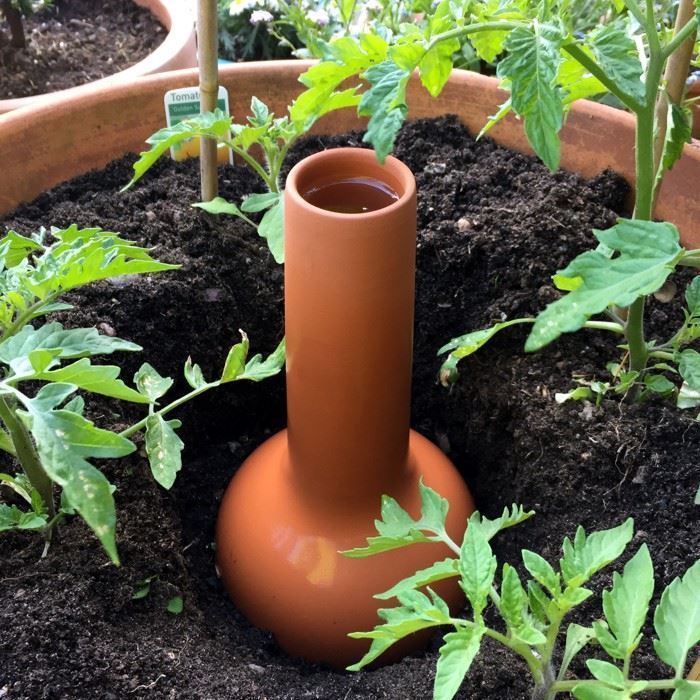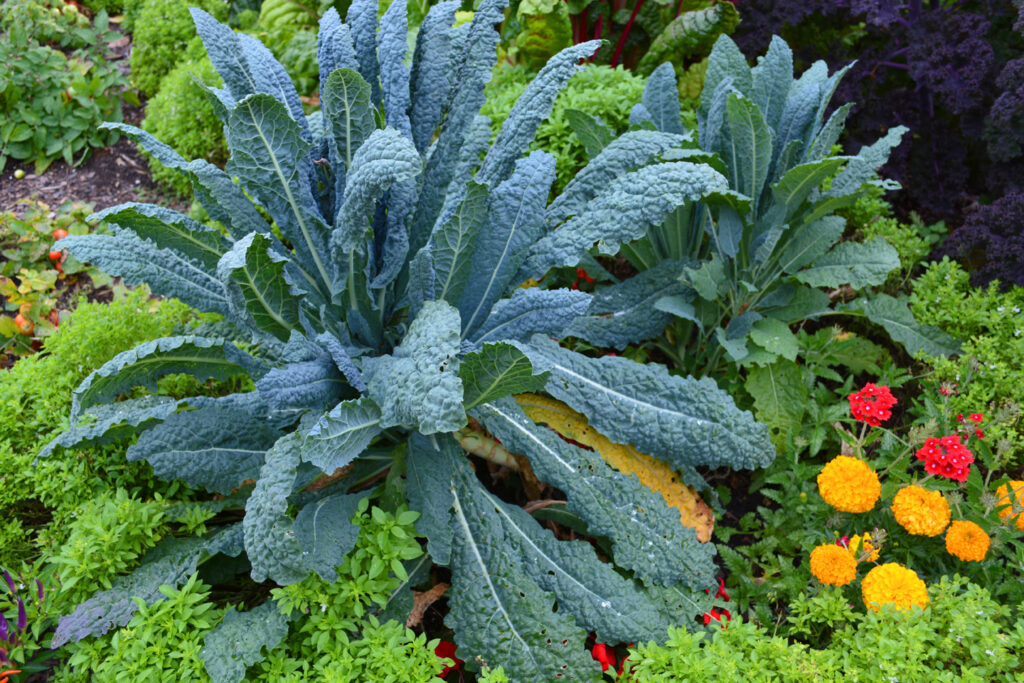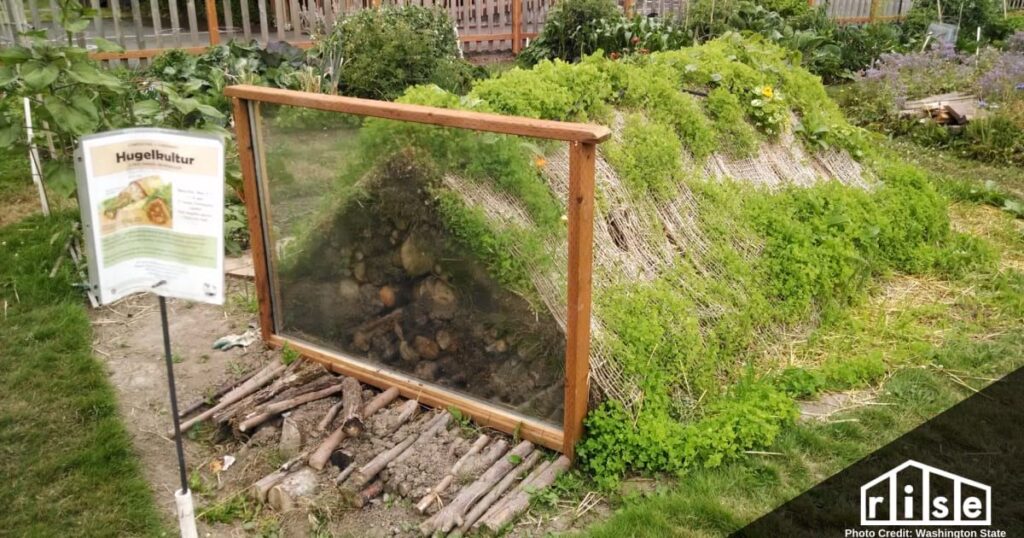Water is undoubtedly one of our most valuable resources, and in today’s world, where concerns about water scarcity are continuously increasing, it’s increasingly important to find new and innovative ways to conserve water. The good news is that we don’t need to look any further than our gardens to start taking eco-friendly measures that will benefit both the environment and our pocketbooks. One excellent solution to this problem is permaculture, which is a well-known holistic design system that focuses on sustainable and regenerative practices. By implementing permaculture principles and techniques in your garden, you can actively participate in water conservation. This article will provide you with practical advice on how to use permaculture to conserve water in your garden, thus contributing to a more sustainable world.
Permaculture is a holistic approach to gardening that focuses on sustainability and long term success. It requires careful observation and thoughtful design, which encompasses taking the time to closely analyze your garden’s unique water patterns before making any planting decisions.
By identifying the areas where water naturally collects in low spots and flows through drainage paths, as well as areas where water tends to evaporate quicker due to exposure to sunlight, you can strategically design your garden to work with these natural water patterns. This means that you can use the water in your garden more efficiently and effectively, minimizing waste and promoting healthier vegetation.
By embracing permaculture practices and designing your garden to work with the natural environment rather than against it, you can ultimately achieve a more sustainable and successful garden.
Mulch

If you are looking for a simple yet highly effective way to conserve water in your garden, then consider using mulch, which is undoubtedly an excellent tool that can help you achieve this goal. The process of using mulch is straightforward, and it entails applying a thick layer of organic matter, such as straw, wood chips, or leaves, around the base of your plants. Consider growing self- mulching perennials, like globe artichoke.
Once the mulch is in place, it acts as a protective barrier that helps to reduce evaporation, suppresses weeds, and most importantly, maintains soil moisture. In addition to these benefits, mulch breaks down over time, which enriches the soil and improves its water-holding capacity. As a result, using mulch is a smart, cost-effective way to ensure that your garden thrives, while at the same time, minimizing the amount of water you use.
Create Swales

In permaculture gardening, swales are of utmost importance, particularly when it comes to efficient water management in the landscape. These swales are essentially channels or ditches that are located along a contour line in a soil bed in order to catch and hold the water. This technique ensures that water is gradually infiltrated into the soil, ultimately nourishing plants.
Constructing swales in your garden creates an opportunity to decrease the need for irrigation whilst conserving water by promoting efficient use. When water is slowed down as it travels downhill in the swales, erosion and runoff are reduced, which benefits the plants by ensuring a more consistent moist supply. As a result, plants will experience stronger yields, healthier growth, thus a more sustainable and resilient garden. Notably, one can easily create swales using hand tools, and manage them with techniques such as plantings, mulch, and naturally-occurring materials so as to contribute to soil fertility.
Use Olla Pots

Olla pots are an incredible tool in the world of permaculture that offer effectiveness in watering nearby plants. Using olla pots is a simple process: the unglazed clay pots are buried in the soil, only exposing their necks. After being filled with water, the porous clay allows the water to slowly and naturally seep out into the roots of nearby plants.
Especially in areas with arid climates or in times of drought, these pots can significantly reduce water usage and loss to air as it reduces the amount of water wasted to evaporation. Additionally, olla pots encourage deep root growth which leads to healthier plants and a better environment. So, if you want to save water and help the planet, olla pots are a great way to start!
Companion Plant

Companion planting is an ancient agricultural practice that involves planting different crops alongside each other to maximize space, enhance plant growth, and reduce water usage. Some plants have deep root systems that enable them to access water from deep in the soil, and planting them alongside crops with shallow roots can help the latter to thrive with less water.
For instance, planting leguminous plants like peas and beans alongside water-intensive crops like tomatoes and corn improves soil fertility and moisture retention, reducing the need for irrigation. Similarly, planting herbs and flowers that attract beneficial insects helps to preserve soil moisture by reducing weed growth and pest infestation. Companion planting is a sustainable and effective way to save water in the garden while also promoting plant health and productivity.
Collect Rainwater

Collecting rainwater is a crucial practice that is widely recognized and utilized in permaculture gardens. This eco-friendly process involves harvesting rainwater from different sources such as rooftops, gutters, and other surfaces. Once collected, the water is then stored in tanks or barrels for later use in the garden. Rainwater harvesting is a highly effective method that significantly lowers water consumption levels in the garden as well as minimizes environmental impact, as it eliminates the reliance on municipal or well water sources.
Utilizing rainwater in your garden is ideal because it is free from chlorine and other chemicals that could harm the beneficial microorganisms present in the soil. By using this efficient and natural technique, permaculture gardens adopt a holistic approach to land management, allowing them to sustainably manage water needs while promoting healthier and thriving ecosystems. Embracing rainwater harvesting is a small but significant step towards minimizing environmental degradation and promoting a harmonious coexistence between humans and nature.
Grow Perennials

Opting for perennial plants, which not only add beauty to your garden but also help reduce water consumption. By choosing to grow these hardy plants, you can rest assured that they’ll return year after year, eliminating the need for constant replanting and reducing waste. Perennial plants come equipped with a strong root system that absorbs water more efficiently than annual plants, meaning you can water them less frequently while still enjoying lush and healthy growth.
Additionally, the deep root systems of perennials allow them to access moisture from lower soil layers, further reducing their need for watering. A few excellent perennial plants to try include asparagus and globe artichoke. These and other resilient perennials will not only beautify your space but also bring you peace of mind by lowering water usage and maintenance costs. So, go ahead and experiment with some perennial plants today to create a stunning, water-efficient garden that you can be proud of!
Build Hugelkultur Beds

Gardening is a beautiful and rewarding activity, but it can also be quite a challenge, especially when it comes to maintaining a healthy and vibrant garden without using too much water. One solution that has gained popularity in recent years is the use of hugelkultur beds. This innovative gardening technique involves building raised beds using layers of wood and organic materials. By doing this, gardeners can create a bed that retains moisture and reduces water consumption.
The benefits of hugelkultur beds go beyond water conservation. The wood in the bed acts like a sponge, absorbing water and holding onto it for longer periods of time. As the organic matter gradually breaks down, it releases nutrients into the soil, providing a sustainable solution to using fertilizers in the garden. Plus, hugelkultur beds are incredibly versatile, allowing you to grow a wide range of crops in a smaller space, while ensuring that your garden remains healthy and sustainable. So if you’re looking for a way to create a beautiful and eco-friendly garden, consider using hugelkultur beds.
Conclusion,
Saving water in your garden with permaculture is not only environmentally responsible but also a rewarding and sustainable approach to gardening. By designing your garden thoughtfully, using mulch, creating rain gardens, practicing companion planting, collecting rainwater, incorporating perennial plants, and building hugelkultur beds, you can conserve water while creating a thriving, resilient, and beautiful garden. Embracing these permaculture principles will help ensure that your garden thrives in an increasingly water-conscious world.

Pingback: Growing Abundance: Hugelkultur Beds And Sustainable Permaculture Gardening - KeyStone Cottage